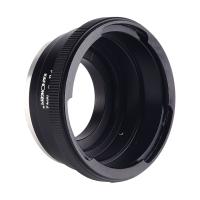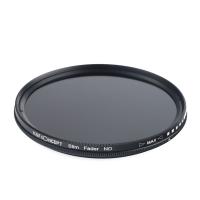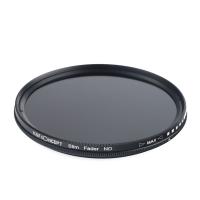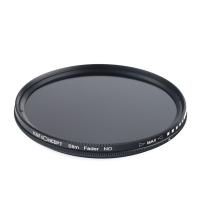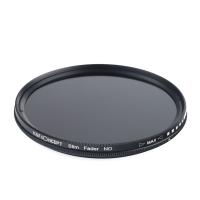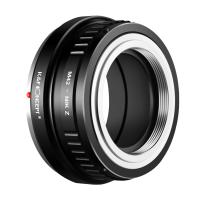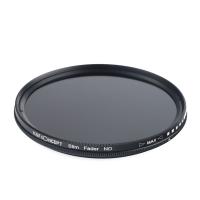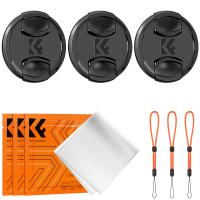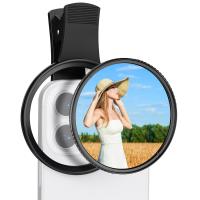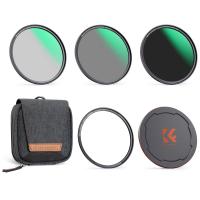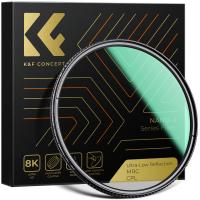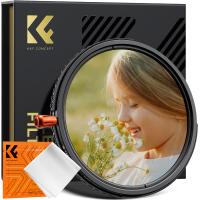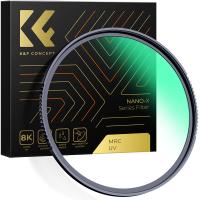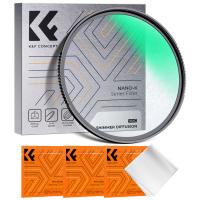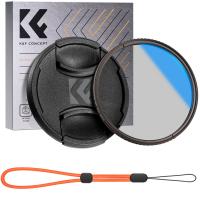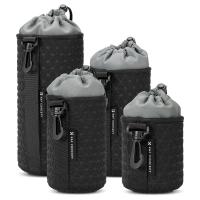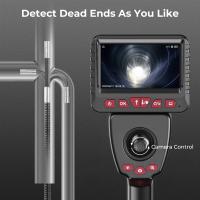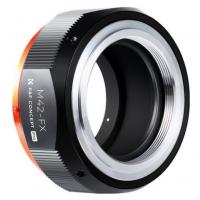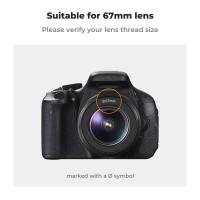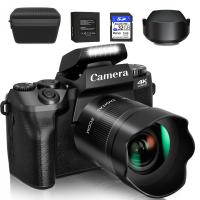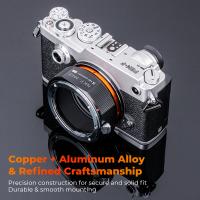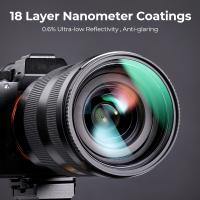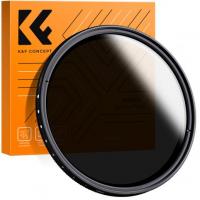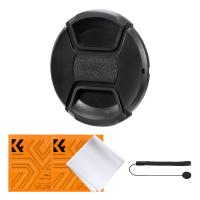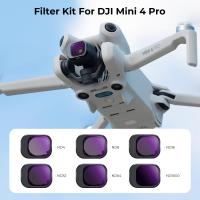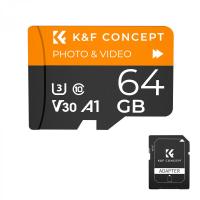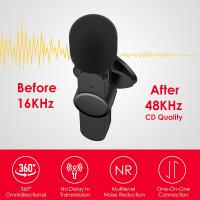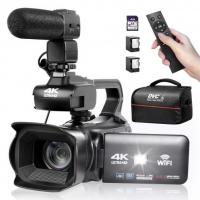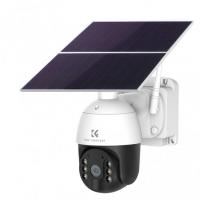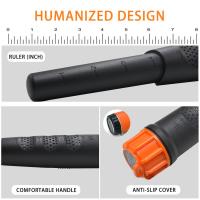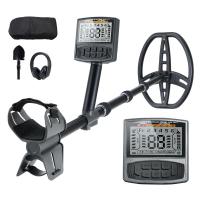Which lens is used for a camera?
Camera lenses are vital photographic tools, critical in controlling image quality, sharpness, visual clarity, depth, and ensuring effective capture of scenes. The specific lens used for a camera depends entirely on photographic requirements, the type of photography, as well as the camera itself. Camera lenses, in essence, gather and focus light onto the camera’s imaging sensor or film, and their optical properties directly influence the image characteristics captured. Different lenses affect photographic outcomes differently, and photographers predominantly choose them according to their individual needs, photography styles, and targeted purposes.
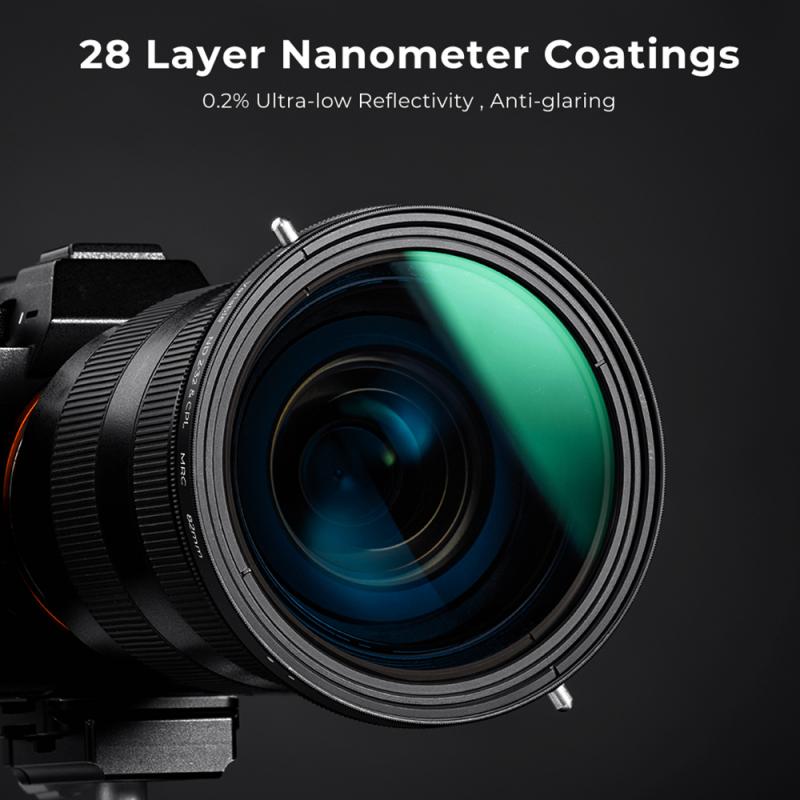
Firstly, lenses can be categorized broadly into several key types, each with its unique attributes and uses:
Prime Lens:
A prime lens refers to a camera lens featuring a fixed focal length. It cannot zoom in or out, meaning photographers must physically move closer or further away from the subject to alter framing. Prime lenses typically offer superior image quality compared to zoom lenses, producing sharper and clearer photos due to fewer internal optical elements. Additionally, prime lenses frequently feature wider maximum apertures, allowing more light to enter and enabling excellent performance in low-light environments. These lenses also provide greater control over depth-of-field, allowing photographers to achieve beautiful background blur (bokeh), thus effectively isolating subjects from distracting backgrounds. Therefore, prime lenses suit portraits, street photography, and other photography styles requiring fine control of subject isolation and high image sharpness.
Zoom Lens:
Zoom lenses cover a range of focal lengths, allowing photographers to change their framing and perspective instantly by rotating the lens's zoom ring. Unlike prime lenses, zoom lenses are highly versatile and convenient, eliminating the need for photographers to frequently switch lenses during photography sessions. Zoom lenses can range from wide-angle to telephoto, such as 24-70mm, 18-55mm, or 70-200mm, and can vary significantly in quality and price based on construction and maximum aperture capabilities. Because zoom lenses involve more optical elements, they may introduce minor image-quality compromises compared to prime lenses, yet contemporary advanced optical designs and manufacturing techniques continue significantly narrowing such gaps. Zoom lenses are extensively used in travel, journalistic activities, wildlife, sports, and general photography where flexibility, adaptability, and efficiency are essential.
Wide-angle Lens:
Wide-angle lenses typically possess short focal lengths—often below approximately 35mm (full-frame equivalent)—and can capture greater fields of view compared to standard lenses. Wide-angle lenses exaggerate perspective, emphasize foreground elements, and induce spatial depth into images. Due to their broad horizontal coverage, wide-angle lenses are ideal for landscape photography, architectural photography (interior and exterior), large group photography, and tight indoor spaces. However, wide-angle lenses can also introduce barrel distortion, particularly noticeable along edges, thus photographers using wide-angle lenses should carefully select composition and framing techniques for natural appearance and minimal distortion.
Standard Lens:
Standard lenses, usually around 50mm in full-frame equivalence, closely mimic the human eye’s natural perspective, producing realistic and visually pleasing images. They lack extreme perspective distortion, neither compress nor exaggerate distances significantly. Standard lenses generate a neutral photographic perspective and are suitable for portraiture, candid, street photography, and general photography tasks. Photographers frequently prefer standard lenses because of their balanced capability, being natural and intuitive to compose and produce comfortable, visually natural-looking photographs.
Telephoto Lens:
Telephoto lenses typically span focal lengths above 70mm, offering strong magnification of distant subjects. Telephoto lenses compress perspectives and distances, effectively pulling backgrounds closer to subjects and providing desirable background blur due to limited depth-of-field at longer focal lengths. Due to significant subject magnification, telephoto lenses find versatile applications in wildlife, sports, events photography, and portraiture where the photographer needs to isolate subjects from background distractions or capture distant scenes without physically approaching the subjects. Photographers should handle telephoto lenses carefully due to their weight, size, and potential camera stability issues, often requiring tripods or image stabilization technology for sharp photos at extended focal lengths.
Macro Lens:
A macro lens is specifically engineered for photographing extremely small objects, offering close focusing distances and exceptional magnification, often at a ratio of 1:1 or greater. Macro lenses enable photographers to capture intricate details of flowers, insects, jewelry, fine artwork, microelectronics, and other tiny objects clearly, precisely, and accurately. Macro lenses generally offer excellent sharpness, contrast, and color reproduction characteristics, making them ideal for scientific, commercial, wildlife, and fine art photographers who regularly engage in close-up detail work.
Fisheye Lens:
Fisheye lenses feature extremely wide-angle focal lengths, commonly ranging from about 8mm to 16mm, producing strong visual distortion and nonlinear projection. They create characteristic curved, spherical appearance effects, often referred to as a "fisheye effect." This type of lens induces a pronounced visual distortion that photographers creatively employ in artistic, fashion, architectural photography, and unique perspective work.
Specialty and Tilt-Shift Lenses:
Tilt-shift lenses provide photographers manual control over the optical plane's orientation and positioning, offering unique abilities to manipulate focus planes and alter perspective distortion. Architectural and product photographers apply tilt-shift lenses frequently, enabling precise adjustment for parallel lines, effective perspective correction, selective focus adjustment, and optimal control over depth-of-field during creative or commercial tasks.
Lens Selection Considerations:
Selecting suitable camera lenses depends upon several critical considerations:
-
Type of Camera and Compatibility: Photographers must choose lenses compatible with specific camera models and sensor formats, such as full-frame, APS-C, mirrorless, or micro-four-thirds. Selecting a lens incompatible with the camera’s sensor or mount type negatively affects image characteristics, potentially causing vignetting, sharpness loss, and other undesirable effects.
-
Photographic Subject and Genre: Depending upon photography types such as landscape, portrait, sports, macro, architecture, or wildlife photography, photographers should prioritize specific lens properties, such as focal length, aperture, optical performance, and weight for best results.
-
Maximum Aperture and Low-Light Performance: In dim light conditions or for achieving shallow depth-of-field effects, photographers prefer lenses featuring large maximum apertures (expressed as low f-numbers, e.g., f/1.4, f/2.8).
-
Image Stabilization and Autofocus Capabilities: Advanced lens models incorporate image stabilization technologies and more advanced autofocus mechanisms—mandatory characteristics when photographing action, sports, wildlife, or any rapidly moving subjects requiring quick, accurate, stable focusing capabilities.
-
Budget and Professional Requirements: Lens price ranges significantly, from very affordable standard lenses to expensive professional-grade models offering premium, optimized optical performance, durability, weather-sealing, and better overall image quality.
In conclusion, camera lenses vary significantly in type, focal length, speed, and application, and thus careful selection based upon photography types, camera compatibility, image properties desired, and individual photographic objectives remains crucially important. Photographers must carefully evaluate the photographic task, location conditions, personal needs, and budget resources to determine optimal lens choices. Ultimately, matching lenses to usage scenarios, ensuring compatibility and optimizing photographic results should guide the selection process.


